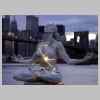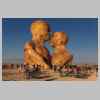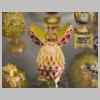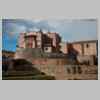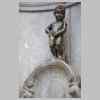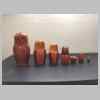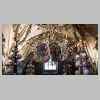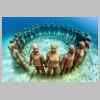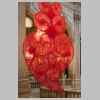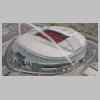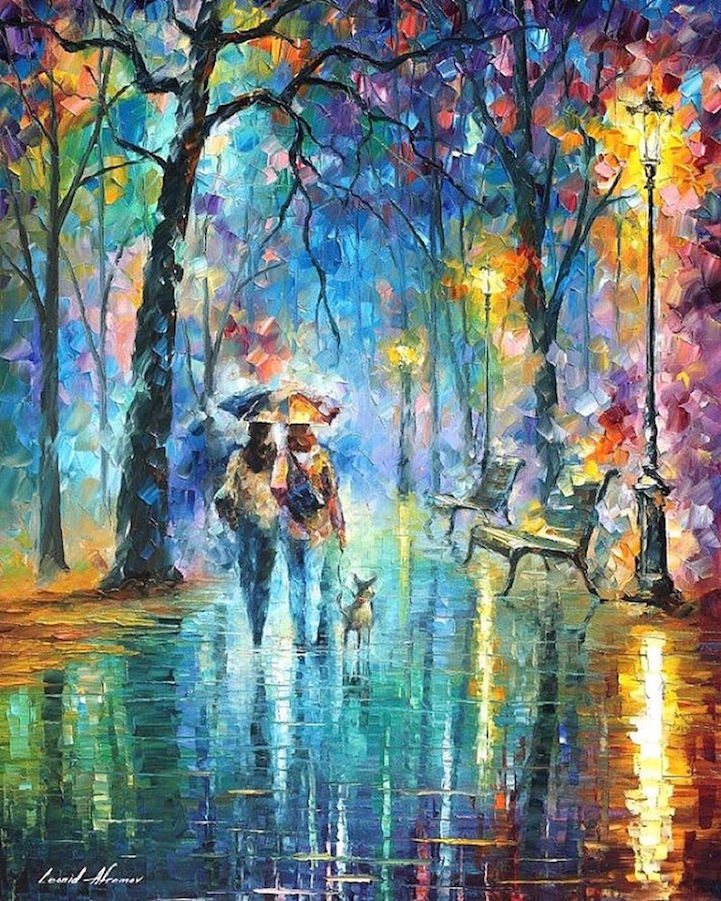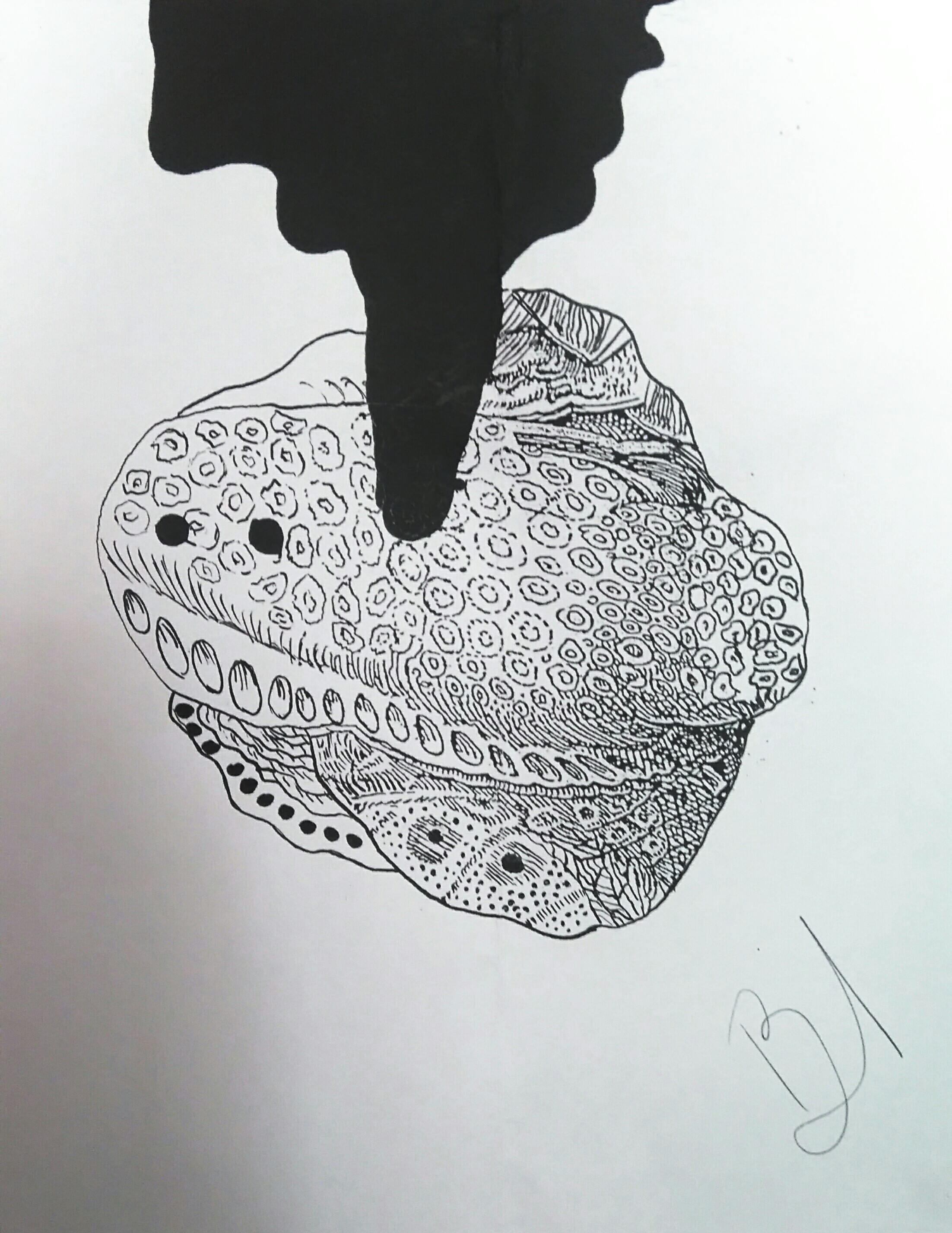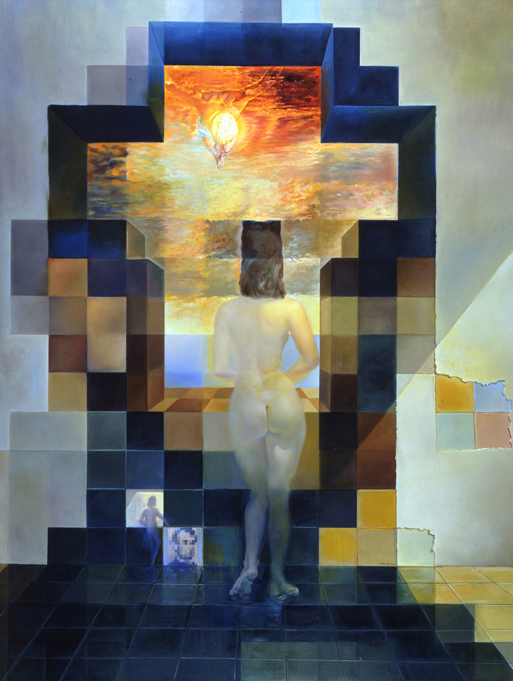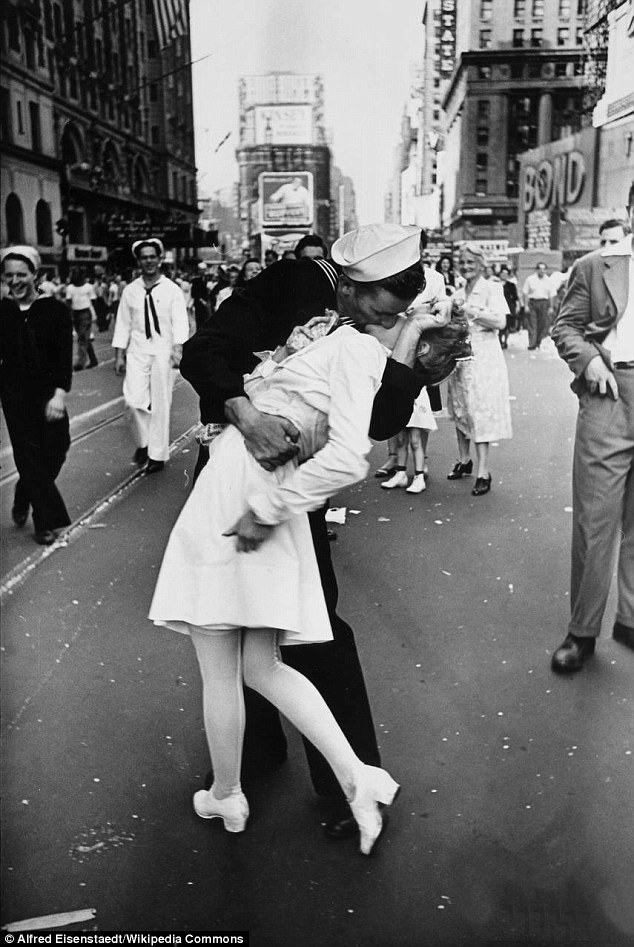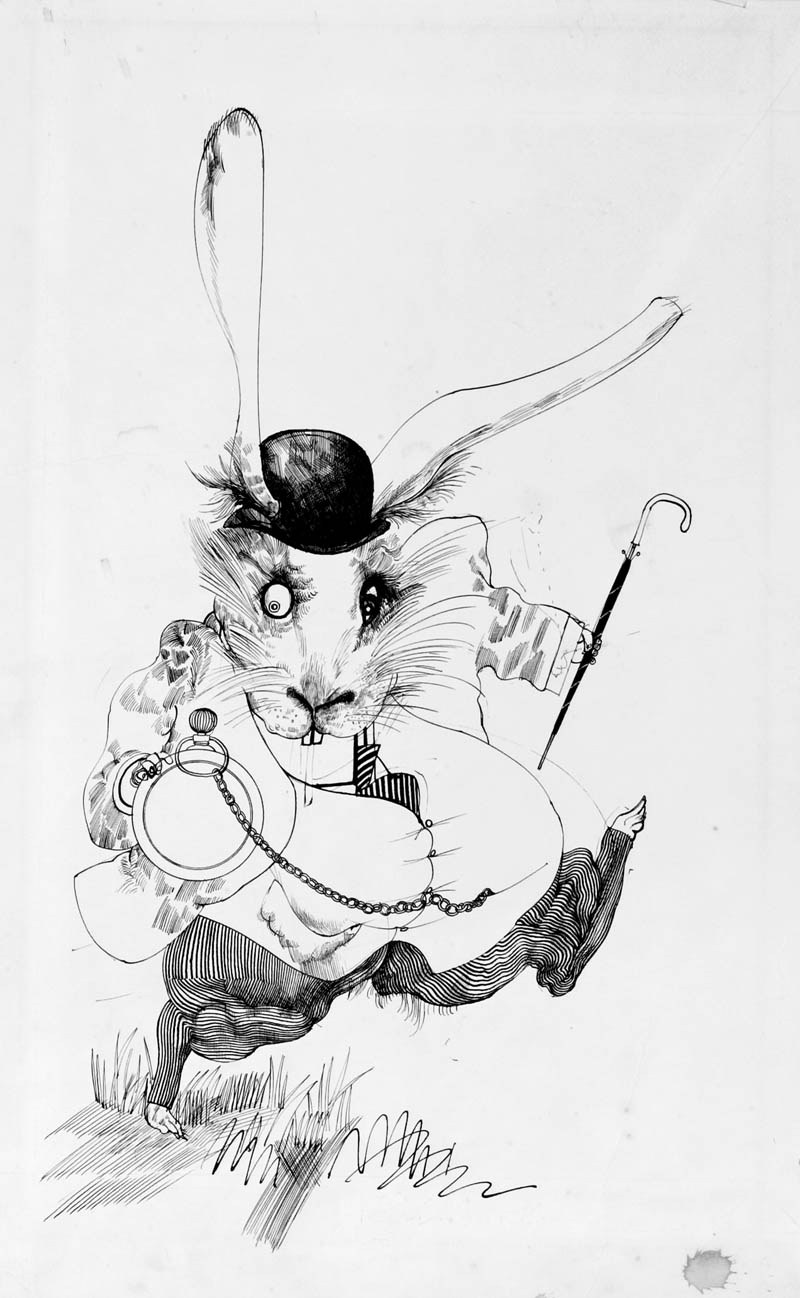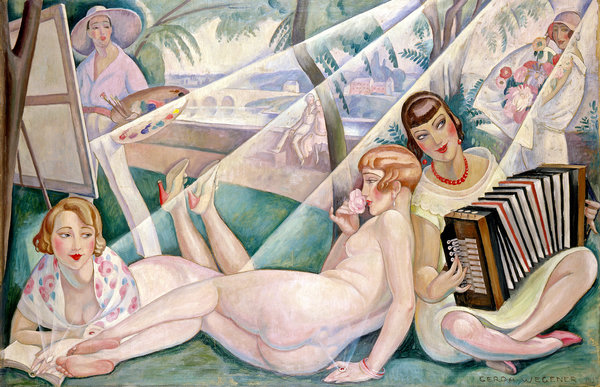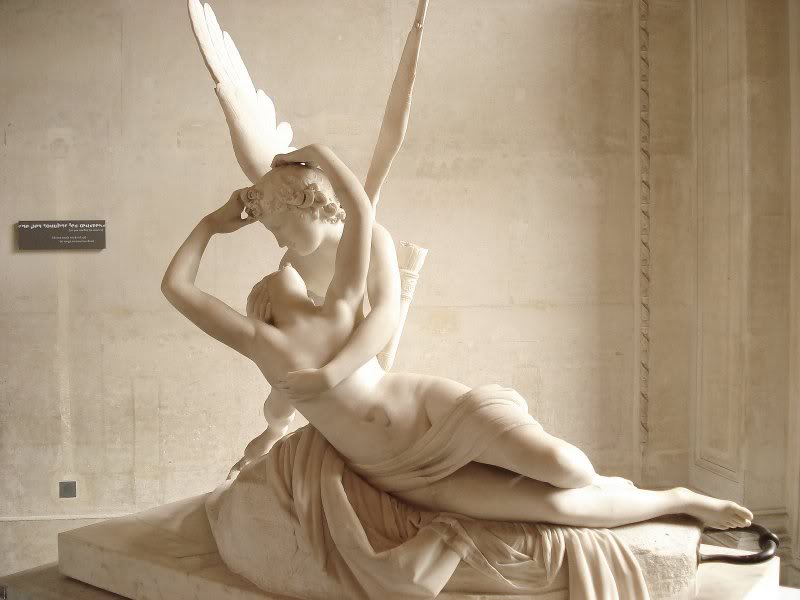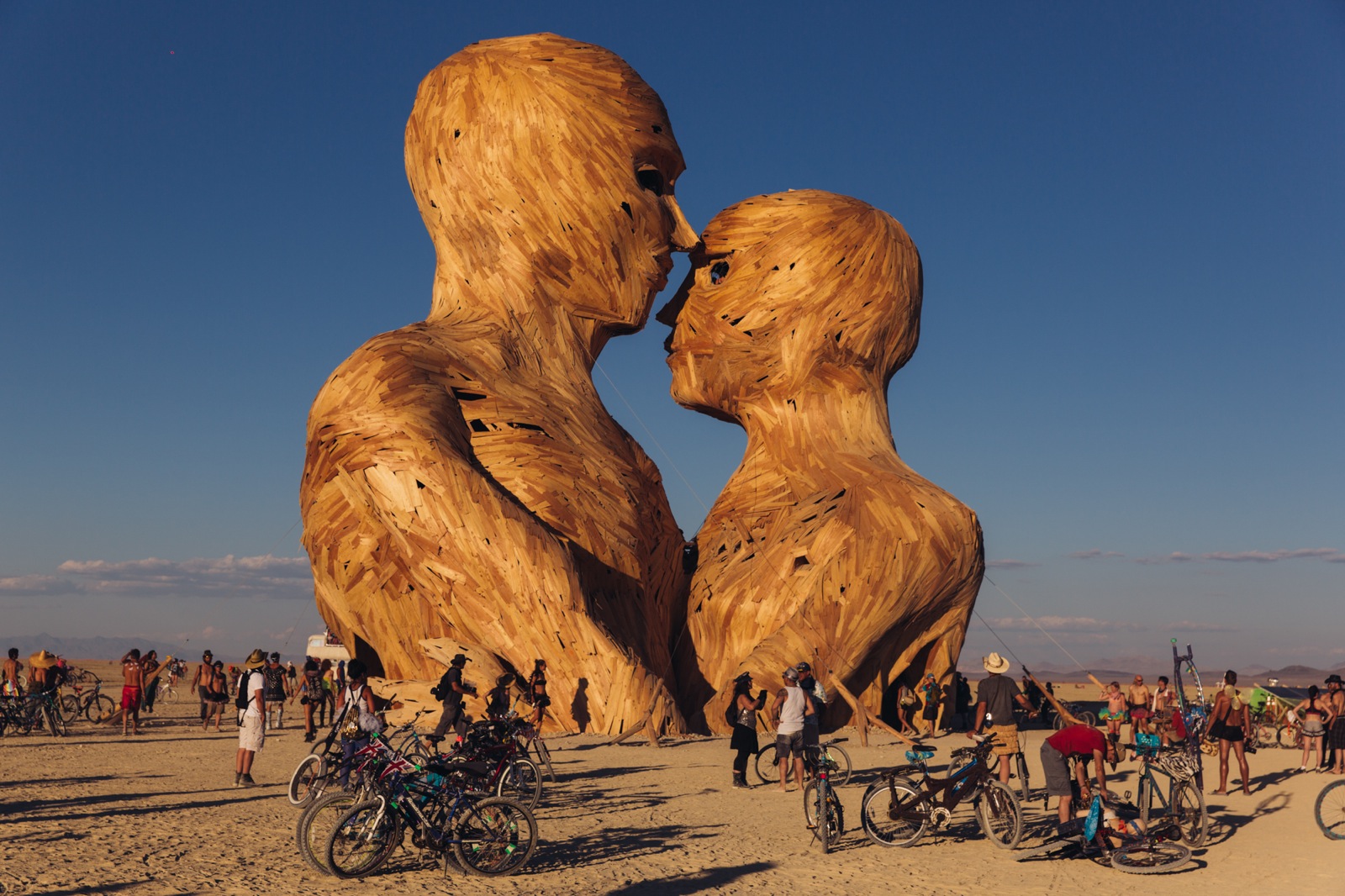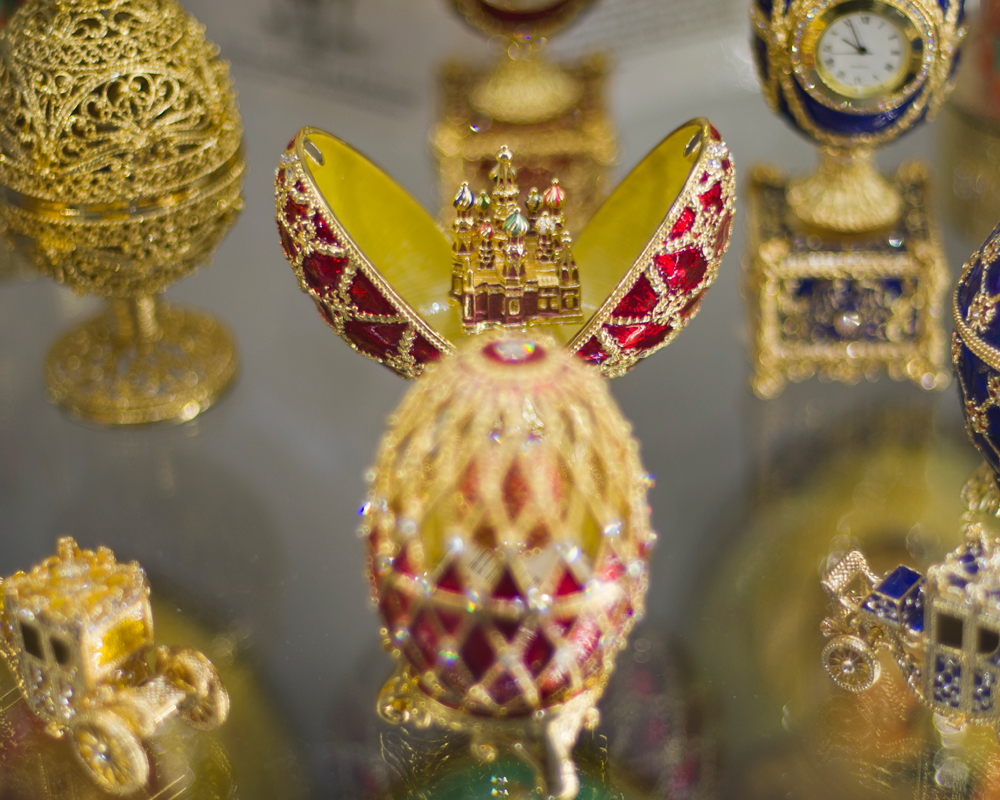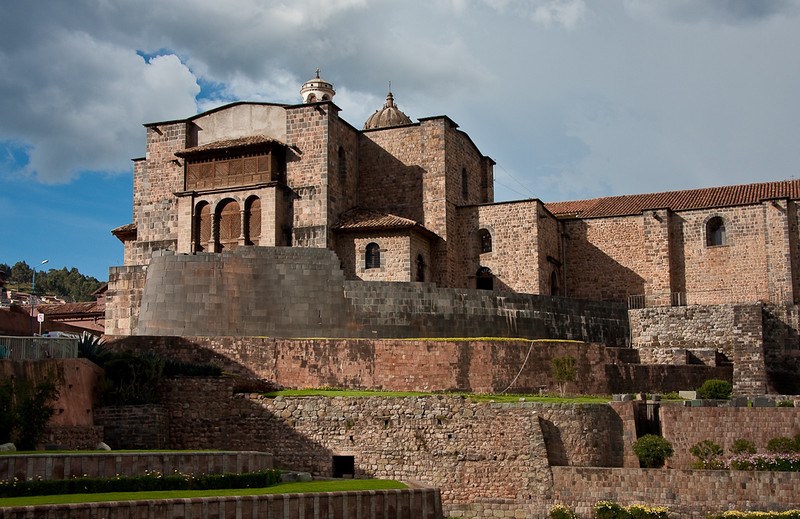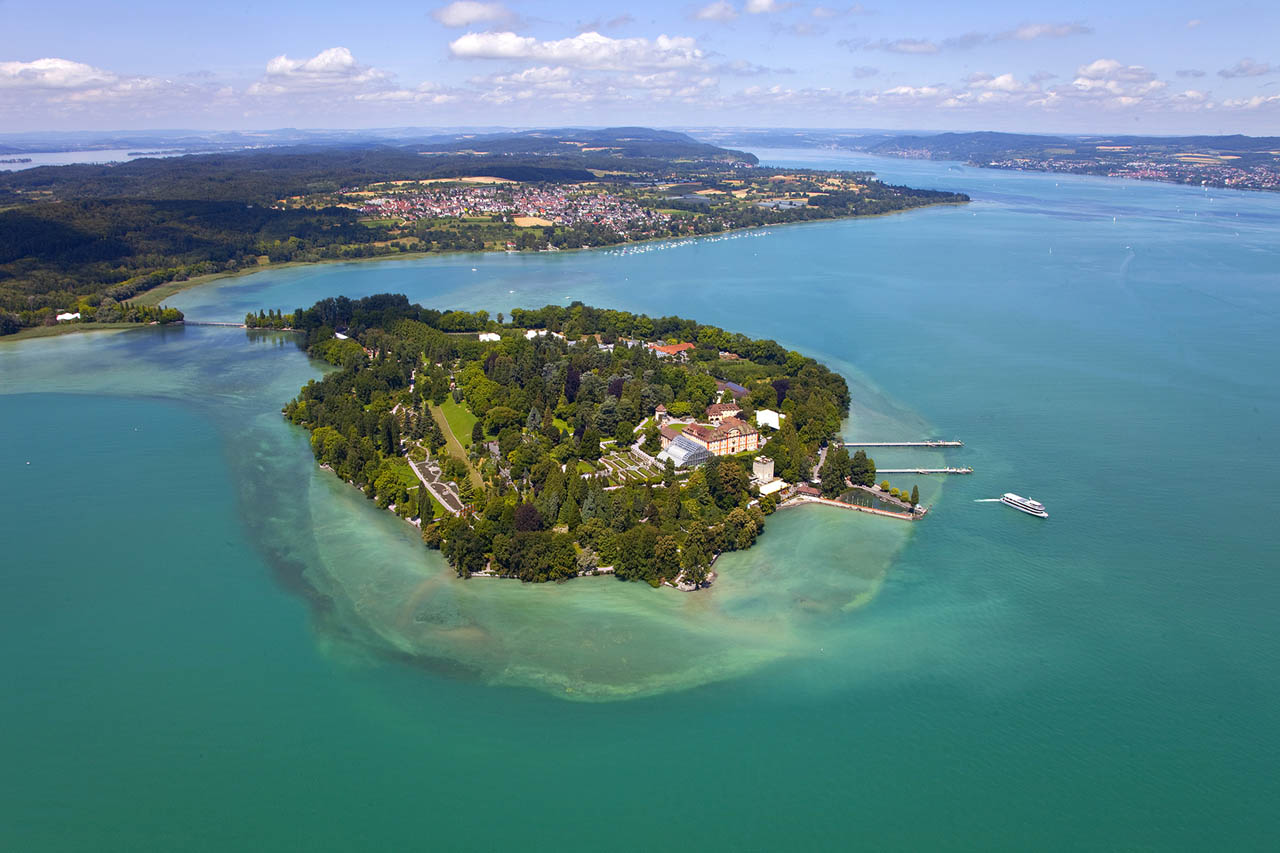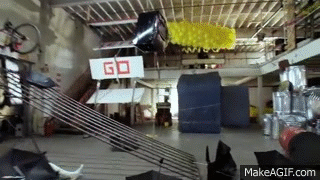|
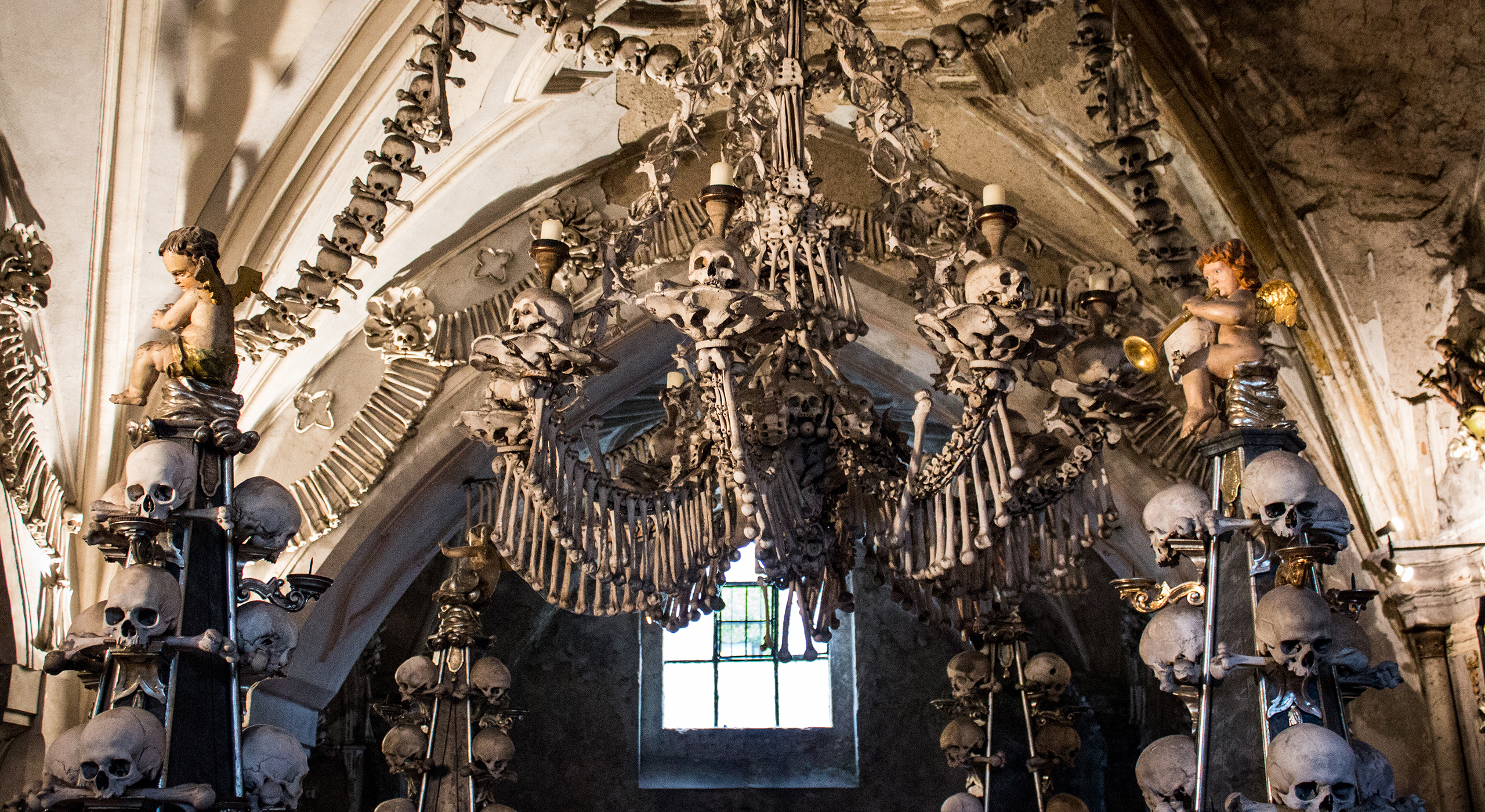
Sedlec Ossuary
Kutna Hora, Czech Republic
|
The Sedlec Ossuary also known as the Church of
Bones is one of the most unusual chapels you will ever see. If you think
that you have seen everything in your life, think again! The Sedlec Ossuary
is nothing spectacular in the outside. It is a small chapel located in
Sedlec, in the suburbs of Kutna Hora, in the Czech Republic. You would think
that it is just an average medieval gothic church. However, as you enter,
you will soon realize why it is one of the most amazing and unique churches
in the world.
You may wonder how all these bones ended up being
placed in a small chapel located in the Czech
Republic. It all goes back to 1278 when the King of Bohemia sent the abbot
of the Sedlec Monastery to Jerusalem. He brought back a jar of earth from
the Church of the Holy Sepulchre in Jerusalem, the place where Jesus was
crucified at Golgotha. When he got back, he put
the earth over the cemetery. The rumour about his act soon spread out all
over the place, and thus Sedlec became a popular
place to be buried. Some people even brought their dead relatives to be
buried in the Holy Soil of Sedlec. Soon, in Europe, in the 14th century, the
plague caused the death of many people, and many people went to Sedlec
before dying. In a short
time a lot of people were buried in Sedlec, and thus came the idea of
creating an ossuary. The task of creating the ossuary was given to a half
blind monk who arranged the bones. But only more than 300 years later, the
bones were arranged artistically as they are today.
The Sedlec monastery was abolished by Joseph II. In 1783,
however, the property of the abbey was purchased by the Schwarzenberg family
from Orlík. Then, in 1870, a local woodcarver, Frantisek Rindt was given the
task of decorating the
chapel with the bones. And the amazing results speak for themselves. Between
40,000 and 70,000 human
bodies are now arranged, and the place is now popularly known as the Church
of Bones.
One of the most fascinating artistic works inside the Sedlec
Ossuary is the big chandelier of bones that hangs
in the centre of the Church of Bones. The immense chandelier contains at
least one of every human bone. Another impressive artwork is the coat of
arms of the Schwarzenberg family, also made of
human bones, and, Rint’s name is also spelled in bones on the wall. Across
the walls, there are giant chalices made out of limb bones and skulls.
Farther out, at the four corners of the ossuary lie
pressure-sensitive cages. There is a small
and enigmatic hole penetrated through the centre of each
cage as if inside lived an entire colony of carrion creatures. Above
each pyramid, there is a large wooden crown.
There is an interesting concept that worth
mentioning now. The most obvious places to look
for memento mori meditations are in funeral art and
aechitecture. This comes from Latin theory and it means to
"remember Death“– which is associated with
the Christian Hope of Resurrection. Its message with this unique place helps
to understand the symbolism of the place and its decoration: it is not a
celebration of death, but it symbolizes the equality of people in front of
the throne of God. The point of all these bone Lego sculptures, at least
officially, is that they
show we’re all equal in the sight of the Lord.
The reason why I chose this kind of work of art is because,
for me, it is brilliant! It is pretty amazing how someone is capable of
making such an amazing architectural piece out of simple bones. It really
has a special atmosphere. However, what really
captured me is the meaning of this memento mori. In my opinion, this is a
quite up-to-date issue, sadly, because discrimination is
always present in our lives and ‘plays’ an important part. However,
we should not forget that we are all equal. It doesn’t matter what the
colour of our skin is or in what we believe.
Inside, physically and structurally, we are all the same, and, on a level
with death, we are all becoming the same. Timea |















